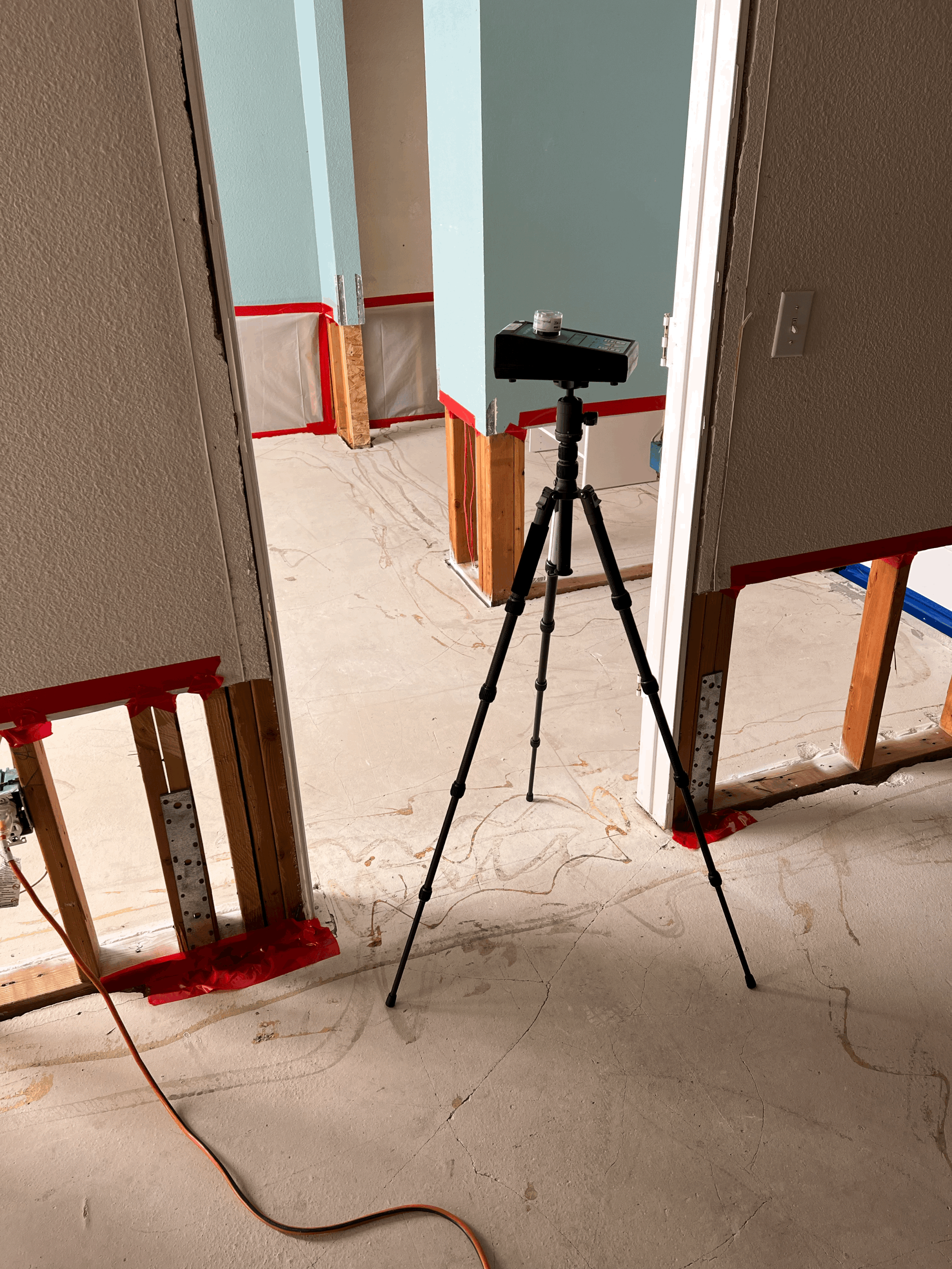The typical process involved in conducting Phase 1 and Phase 2 Environmental Site Assessments
Site Investigation: Environmental professionals conduct a thorough investigation of the property to gather information about its history and previous uses. This includes reviewing historical records, aerial photographs, fire insurance maps, and other available documents.
Site Visit: A site visit is conducted to visually inspect the property and its surrounding areas. The purpose is to identify any potential signs of contamination or environmental hazards, such as storage tanks, chemical spills, or unusual odors.
Interviews and Research: Environmental professionals conduct interviews with property owners, occupants, and local government officials to gather additional information about the site's history and any known environmental concerns.
Regulatory Database Review: A review of local, state, and federal regulatory databases is conducted to identify any past or present environmental violations, permits, or enforcement actions associated with the property or neighboring sites.
Report Preparation: The findings from the investigation are compiled into a Phase 1 ESA report. The report includes a summary of the site's history, potential environmental concerns, identified Recognized Environmental Conditions (RECs), and recommendations for further action, such as additional testing in Phase 2.
Phase 2 Environmental Site Assessment (ESA) Process:
Sampling Plan Development: Based on the findings of the Phase 1 ESA, a sampling plan is developed to determine the presence and extent of contamination. The plan includes the locations, types, and number of samples to be collected.
Sample Collection: Environmental professionals collect soil, water, and/or air samples according to the sampling plan. This may involve drilling boreholes, excavating soil, installing monitoring wells, or using other appropriate sampling techniques.
Laboratory Analysis: The collected samples are sent to accredited laboratories for analysis. The analysis helps determine the concentrations of contaminants present and assesses their potential risks to human health and the environment.
Data Interpretation: The results of the laboratory analysis are interpreted by environmental professionals, who assess the nature and extent of contamination on the property. They compare the results with applicable regulatory standards or guidelines to evaluate the level of risk.
Risk Assessment and Reporting: Environmental professionals conduct a risk assessment based on the data interpretation. The findings and conclusions are compiled into a Phase 2 ESA report, which includes a detailed description of the contamination, risk assessment, and recommendations for remediation or further investigation, if necessary.
It's important to note that the specific process may vary depending on the site's characteristics, regulatory requirements, and the expertise of the environmental professionals conducting the assessments. The involvement of qualified and experienced professionals is crucial to ensure accurate and reliable results.
QIC Environmental Services places a strong emphasis on work ethics, attention to detail, and a comprehensive understanding of environmental testing requirements across various industries. This commitment ensures that their customers receive top-quality service.
Choosing the right professional for environmental testing needs can indeed be a daunting task due to the multitude of options available. However, QIC Environmental Services alleviates this concern by employing qualified technicians who possess the necessary expertise and skills to handle projects of any size.
Whether the project is small or large, QIC Environmental Services is dedicated to providing comprehensive solutions tailored to meet the specific needs of their clients. Their qualified technicians are well-prepared to handle diverse environmental testing requirements and deliver reliable results.
By offering their expertise and a well-rounded understanding of the industry, QIC Environmental Services aims to be the trusted partner for customers seeking environmental testing services.




